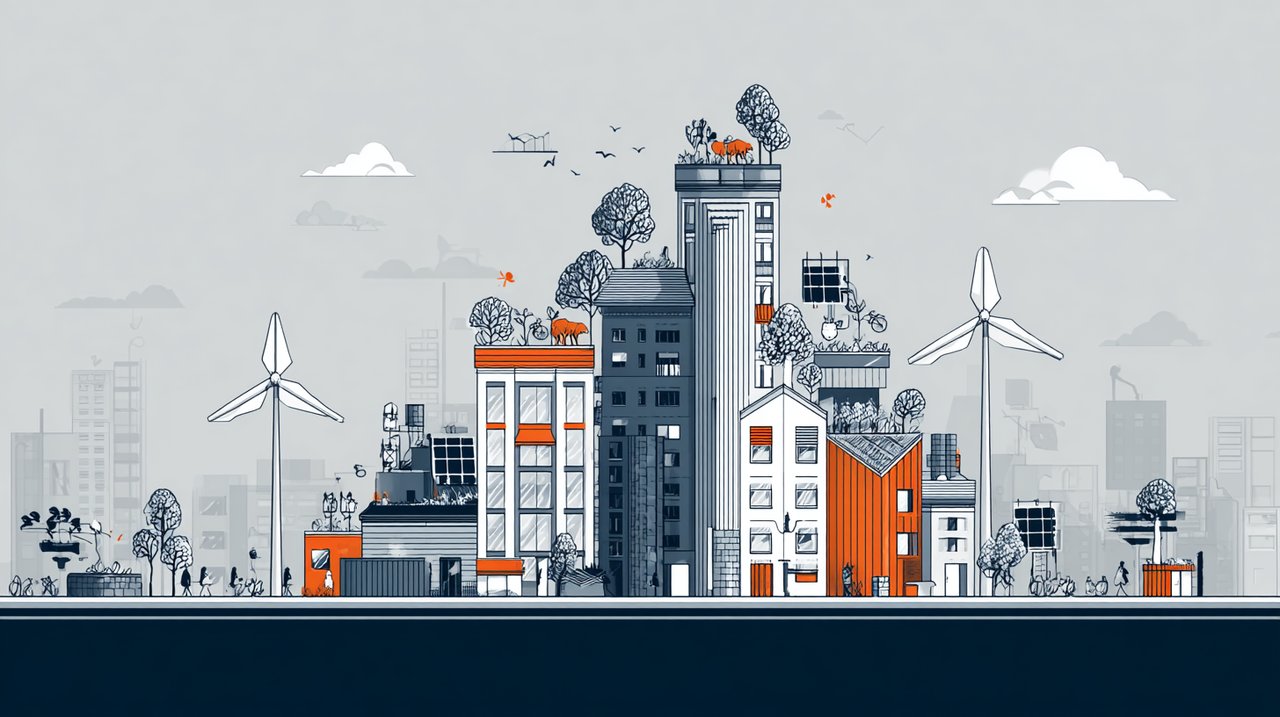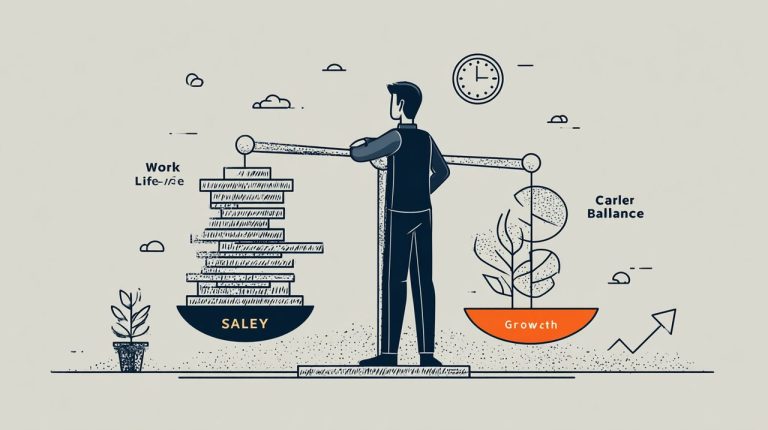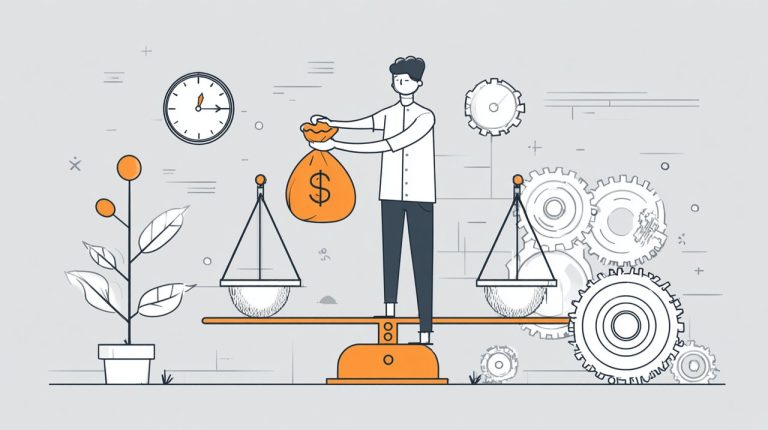Let’s be direct: our cities are at a critical crossroads. We’re grappling with environmental pressures, dwindling resources, and populations that just keep growing. From where we stand at The Idea Sager Lab, sustainability isn’t some optional upgrade; it’s the only viable path forward. We need urban spaces that are tough, truly livable, and ecologically smart. That demands a deeply integrated approach, pushing past old ideas with genuinely innovative solutions.

So, how do we actually build these cities of tomorrow? We’ve identified five core strategies that aren’t just theoretical — they’re delivering tangible results right now. Forget the buzzwords; we’re diving into what works, why it works, and the real-world impact you can expect.
Green Infrastructure: Weaving Nature into Urban Design
In our experience, one of the most powerful shifts in urban planning is the strategic integration of natural systems directly into our cityscapes. This isn’t just about making things look pretty; it’s about building resilience and delivering measurable ecological and social returns. When we talk about green infrastructure, we’re looking at a toolkit that includes:
- Expansive parks and urban forests: Crucial for air quality and biodiversity.
- Verdant green roofs: Reducing urban heat islands and managing stormwater.
- Permeable pavements: Allowing water to infiltrate, easing strain on drainage.
- Rain gardens and bioswales: Ingenious solutions that actively manage rainwater, reduce flooding, and replenish groundwater.
These aren’t amenities; they’re foundational components for healthier urban ecosystems and, critically, for improving the well-being of city residents. Take, for example, the deliberate planting of street trees. Beyond providing shade, we’ve seen them reduce energy consumption for cooling by up to 30% in adjacent buildings – a tangible ROI. This isn’t just about “going green”; it’s about transforming concrete jungles into vibrant, breathable, and truly regenerative environments.
Max’s Insight: Many cities still view green infrastructure as an ‘add-on’ project. We argue it should be the default, integrated from concept to completion. The long-term cost savings in stormwater management alone often outweigh the initial investment.
However, the challenge often lies in land availability and initial investment costs. Our team advises leveraging modular systems and public-private partnerships to scale these solutions effectively, turning what seems like a hurdle into an opportunity for innovative urban design.
Intelligent Energy Networks: Powering the Future City
Let’s talk numbers: a city’s energy consumption is arguably the single biggest factor in its environmental impact. To truly tackle this, we need to move beyond traditional power grids. Our focus at The Idea Sager Lab is on intelligent energy networks – what we simply call smart grids. These aren’t just fancy buzzwords; they’re sophisticated systems designed for hyper-efficient power distribution and consumption across the entire urban landscape.
What makes them smart? They seamlessly integrate renewable energy sources – think massive solar farms and urban wind turbines – directly into the city’s power flow. This isn’t just about ‘going green’; it’s about optimizing energy, minimizing waste, and securing genuine energy independence for urban centers.

Consider the practical applications:
- Smart meters: These give residents and businesses real-time data on their energy usage. Our data shows this empowers users to reduce consumption by an average of 10-15% when coupled with effective feedback mechanisms.
- District heating and cooling systems: Often powered by renewables or recaptured waste heat, these offer a centralized, highly efficient alternative to individual building systems. We’ve seen projects where these systems cut energy costs by over 40% compared to traditional setups.
Max’s Take: The real game-changer isn’t just generating clean energy, it’s managing it intelligently. A smart grid makes the entire system more resilient, responsive, and less prone to blackouts, which is a critical, often overlooked, benefit.
The primary challenge? Data security and privacy concerns, alongside the sheer complexity of integrating legacy infrastructure. However, with robust cybersecurity protocols and phased implementation strategies, cities can mitigate these risks and unlock significant efficiency gains.
Circular Urban Economies: Redefining Value and Waste
For us, the biggest philosophical leap in urban sustainability is moving from our current ‘take-make-dispose’ economic model to a truly circular urban economy. This isn’t just eco-speak; it’s a fundamental re-engineering of how resources flow through a city. We’re talking about relentless focus on reducing waste, reusing everything possible, and rigorously recycling materials.
Cities can lead this charge by implementing policies that:
- Actively encourage product longevity.
- Facilitate repair over replacement.
- Promote remanufacturing, drastically cutting the need for new raw materials.
The tangible initiatives we’ve seen work are diverse and impactful:
- Robust composting programs: Turning organic waste into valuable soil amendments. In our city trials, these have diverted up to 30% of household waste from landfills.
- Industrial symbiosis: This is where the ‘waste’ from one industry becomes a vital resource for another. Think a power plant’s excess heat warming greenhouses, or gypsum from a factory becoming a building material. It’s about seeing waste as a misplaced resource.
- Urban mining: Literally recovering valuable materials like rare earth elements from discarded electronics and other waste streams. We predict this will become a multi-billion dollar industry in the next decade, as resource scarcity drives innovation in material recovery.
Max’s Take: Urban mining isn’t just about recycling; it’s about creating new supply chains from existing urban ‘deposits’. We’re sitting on a goldmine of materials in our landfills and electronic waste. The technology is here; the policy and infrastructure need to catch up.
Beyond waste, fostering local food production through urban farms and community gardens does more than shorten supply chains. It builds local resilience and food security, directly impacting community health and independence – something we value highly in our assessments of urban robustness.
The main hurdles? The upfront investment in new infrastructure and changing established consumer behaviors. Yet, the long-term environmental and economic benefits, including job creation in new sectors, make this transition a strategic imperative.
Community-Driven Urban Design: The Human Heart of the City
Here’s a truth we often overlook: all the tech and infrastructure in the world won’t make a city sustainable if it doesn’t prioritize its people. For us, urban design that actively fosters community engagement and participation is non-negotiable. It ensures development genuinely meets the real needs and aspirations of its residents, not just some theoretical ideal.
We see this human-centric approach manifesting in several critical ways:
- The creation of walkable neighborhoods: This dramatically reduces reliance on private vehicles. And speaking of vehicles, if you want to truly understand the financial implications of car ownership, we’ve developed a dedicated tool to help you calculate the total cost: True Cost of Car Ownership Calculator
- The provision of accessible public transportation: Efficiently connecting communities isn’t just about convenience; it’s about equity and reducing emissions.
- The establishment of mixed-use zones: Integrating living, working, and leisure not only promotes healthier lifestyles but also creates more vibrant, safer streets.
Public spaces aren’t just empty plots; they’re the social infrastructure of a city. Vibrant community centers, bustling plazas, and shared gardens do more than offer amenities. They actively strengthen social bonds and cultivate a profound sense of belonging. Our data consistently shows that cities with strong public spaces report higher resident satisfaction and lower rates of social isolation.
Max’s Prediction: The next wave of urban planning will move beyond ‘consultation’ to genuine co-creation. Empowering local communities to contribute their insights isn’t just good PR; it’s the indispensable catalyst for truly inclusive, equitable, and sustainable urban environments. Their on-the-ground perspectives are invaluable.
A key challenge here is ensuring all voices are heard, not just the loudest. We recommend implementing diverse engagement strategies, from digital platforms to grassroots workshops, to capture the full spectrum of community needs and aspirations.
The Path Forward: Actionable Sustainability
So, where does this leave us? Building truly sustainable cities isn’t about ticking boxes; it demands a holistic, action-oriented perspective. It’s about seamlessly integrating ecological principles with social equity and robust economic vitality. From our vantage point, the path forward isn’t a straight line. It’s an evolving journey, driven by continuous innovation, collaborative governance across all sectors, and an unwavering commitment to cultivating urban spaces that genuinely thrive in harmony with the natural world.
Max’s Final Word: These aren’t just aspirational ideas. These are the integrated strategies that lay the essential groundwork for resilient and prosperous urban centers. We’re not just building places to live; we’re engineering beacons of a sustainable future, designed to serve and enrich generations to come. The tools and knowledge are here; the next step is implementation.
We’ve outlined the core strategies that work. Now, the real work begins: taking these blueprints and applying them to your city’s unique challenges. The future of urban living depends on it.
💡 Frequently Asked Questions
The primary goal is to redefine urban development to create cities that are resilient, truly livable, and ecologically sound, addressing environmental pressures, resource scarcity, and the relentless demands of burgeoning populations.
The article highlights four key strategies: integrating green infrastructure, developing intelligent energy networks (smart grids), transitioning to circular urban economies, and adopting community-driven urban design.
Green infrastructure integrates natural systems like parks, urban forests, green roofs, and permeable pavements into cities. This helps mitigate the urban heat island effect, improve air quality, manage stormwater runoff, and enhance local biodiversity, leading to healthier urban ecosystems.
A circular urban economy is a transformative approach that shifts from a linear 'take-make-dispose' economic model to one that emphasizes reducing waste, reusing materials, and rigorously recycling resources. Examples include robust composting programs, industrial symbiosis, urban mining, and local food production.








